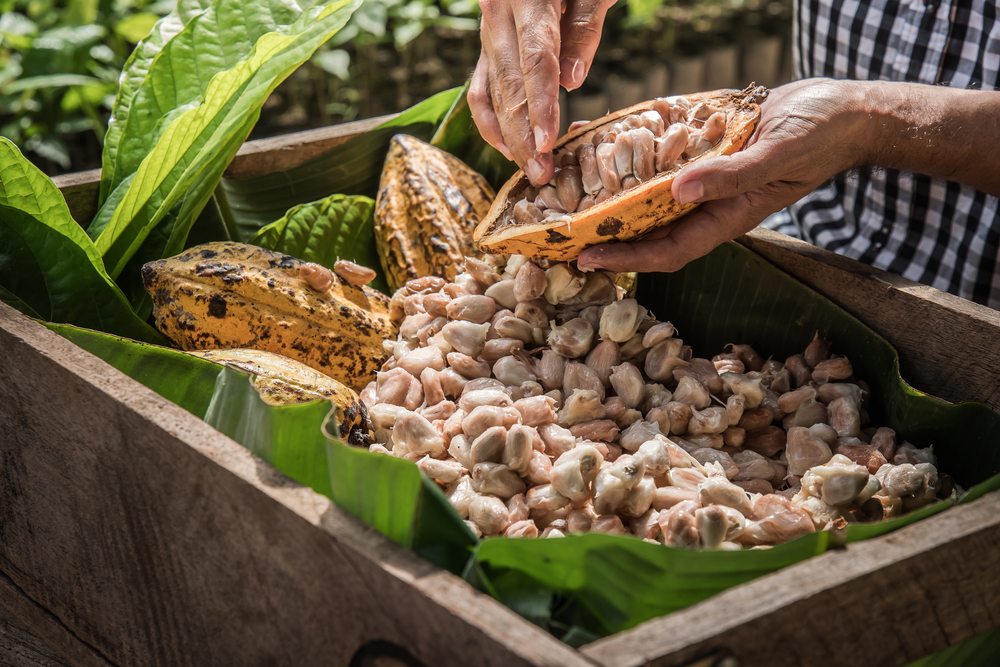“Weeks ago, a farmer who was once rich sought out a friend, also a cocoa producer, to discuss a delicate matter. ‘I need some money and I trust our friendship enough to know that you’ll help me,’ he said. The friend was expecting to lend some money, imagining an amount around ten or twenty thousand. ‘How much do you need?,’ he replied, to which the farmer said, without raising his head: ‘a couple of hundred, just to buy this week’s groceries.”
This text was written in April 1995 and published by Gazeta Mercantil, a now-defunct economic newspaper. It illustrates the brutal downfall Brazilian cocoa producers experienced from the 1980s into the 1990s. Famous barons, known as coroneis (the colonels), controlled the world’s second-biggest cocoa producing region. Histories of their lavish lives are engraved in popular culture—and immortalized by the work of writer Jorge Amado.
Lighting Cuban cigars using USD 100 bills were a common thing in the region. Until the 1970s, cocoa beans were the main revenue generator in the state of Bahia—accounting for 60 percent of the wealth in the region. Then, international competition—coupled with a major plague—destroyed the cocoa business in Bahia.
Now, the region is slowly trying to get back on its feet, focusing less on quantity, and more on the quality of their beans.
The rise of Brazil’s cocoa country
Cacao trees are native to the Americas’ tropical forests, with a deep historical connection to indigenous peoples. The Aztecs—who already produced a rudimentary version of chocolate in pre-Colombian times—treated cacao trees as sacred, due to the beans’ energetic power. In Brazil, the Amazon was the birthplace of cocoa beans. The first seeds would only reach southern Bahia in the 18th century, brought by Jesuit settlers.
The hot and humid climate made it easy for the beans to adapt to the region. The presence of taller vegetation—which provides the shade cacao trees need to grow—was also crucial. Due to a lack of investment by the Portuguese Crown, the south of Bahia remained practically untouched until that point.

“In the...


 Search
Search






































